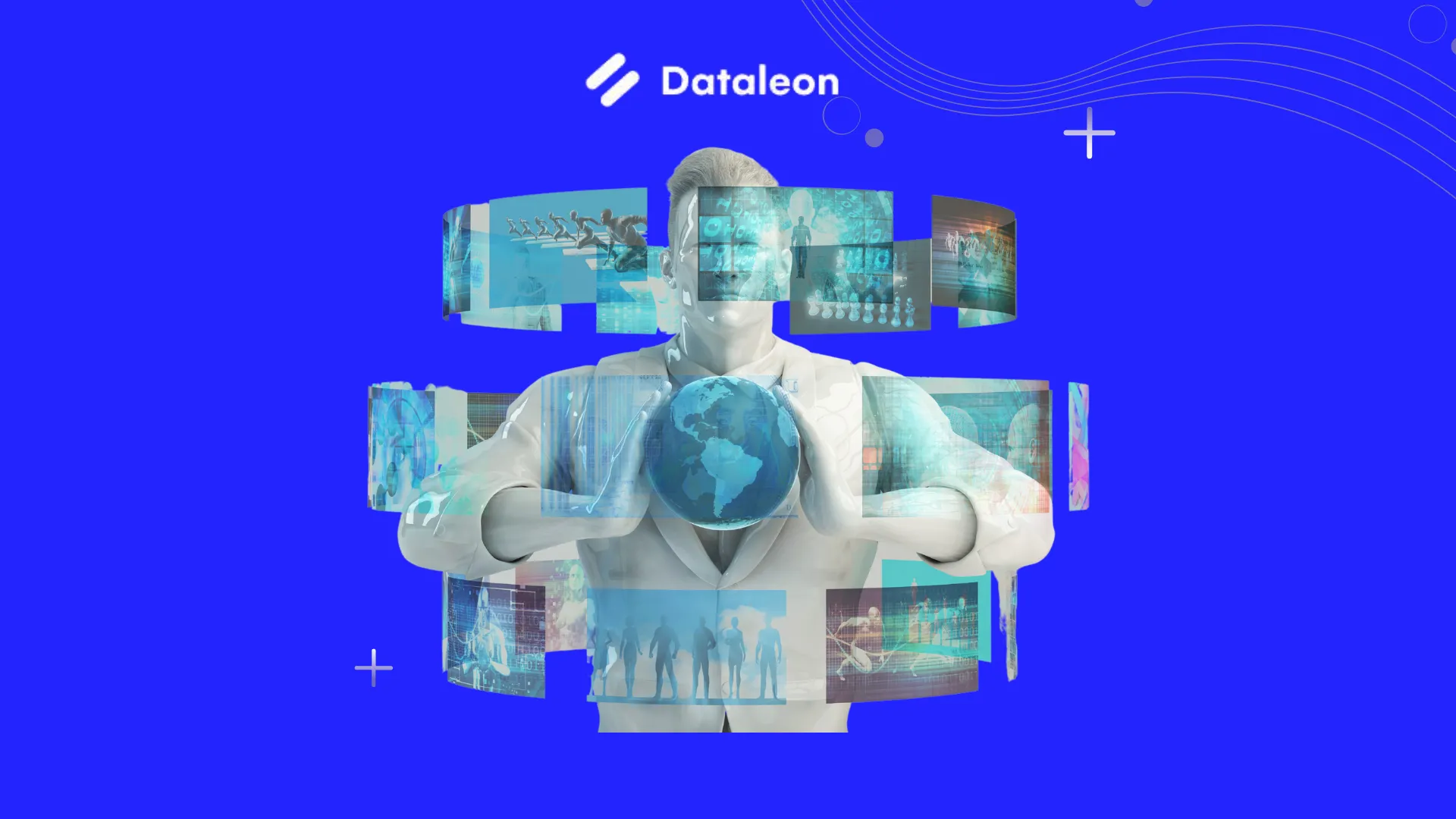Data Science: Lifecycle, Applications, Prerequisites and Tools
Data science combines statistics and computer science to interpret data. This article delves into its lifecycle, tools, and European applications.



Data science combines statistics and computer science to interpret data. This article delves into its lifecycle, tools, and European applications.

The lifecycle of data science refers to the process of developing and implementing a data science project. The lifecycle can be broken down into several stages:
Data science has numerous applications in various industries. Some of the common applications of data science include:
To work in data science, there are several prerequisites that one must possess. These include:
Data science requires the use of various tools to perform the necessary tasks. Some of the common tools used in data science include:
In conclusion, data science is a multidisciplinary field that involves using scientific methods, algorithms, and systems to extract insights from data. The lifecycle of data science involves several stages, including problem definition, data collection, data exploration, data modeling, model evaluation, and deployment. Data science has numerous applications in various industries, including predictive analytics, natural language processing, fraud detection, and image recognition. To work in data science, one must possess knowledge of statistics, programming skills, domain knowledge, and communication skills. There are several tools used in data science, including Python and R, Tableau, Hadoop, SQL, Jupyter Notebook, TensorFlow, and Apache Spark. As data continues to play an increasingly important role in business decision-making, data science will continue to grow in importance in Europe and around the world.
Contactez nos experts pour des solutions innovantes et personnalisées
Tester la plateforme gratuitementNous contacter.svg)
15 jours d'essai
.svg)
Pas de carte de crédit
.svg)
Annulez à tout moment